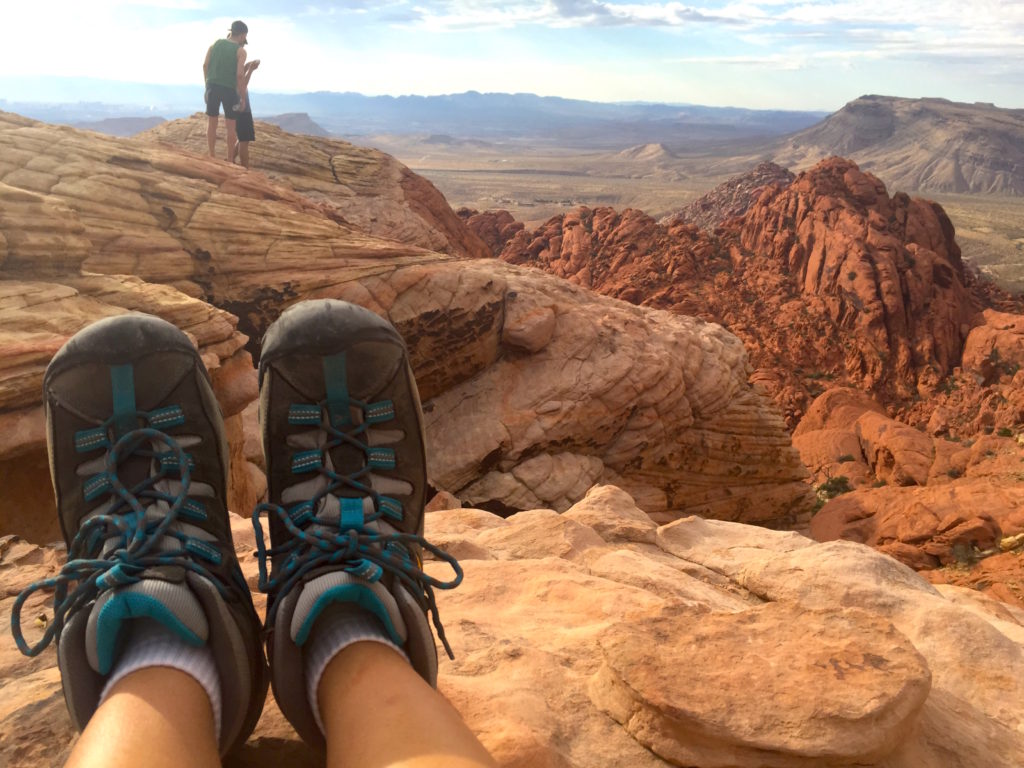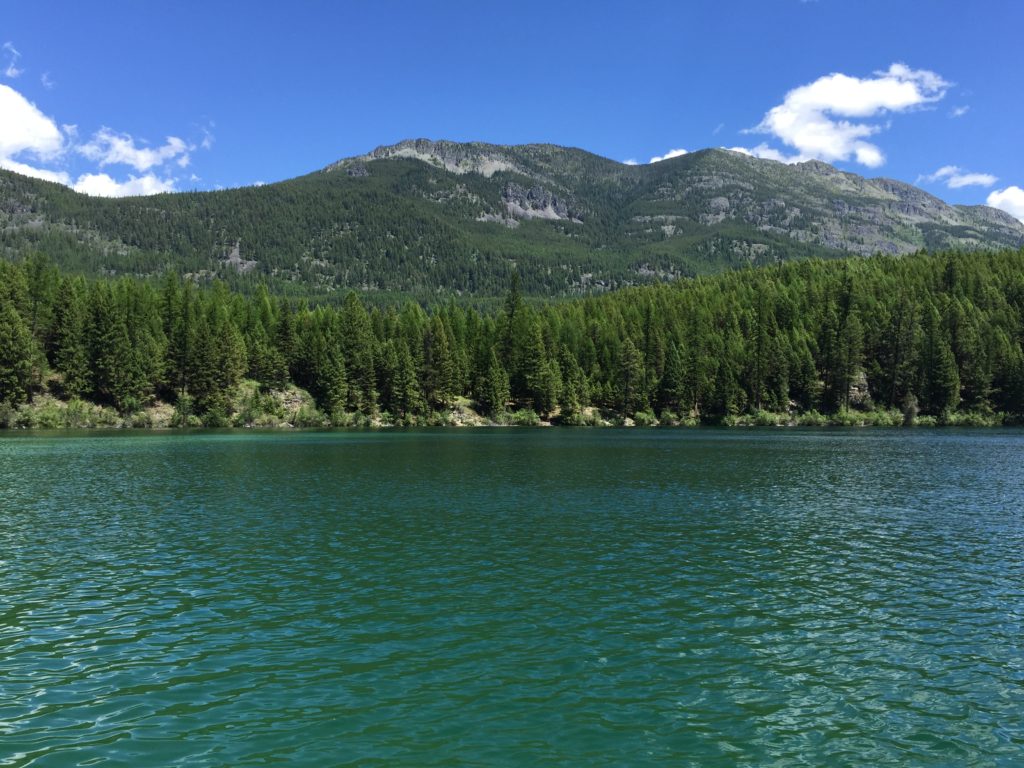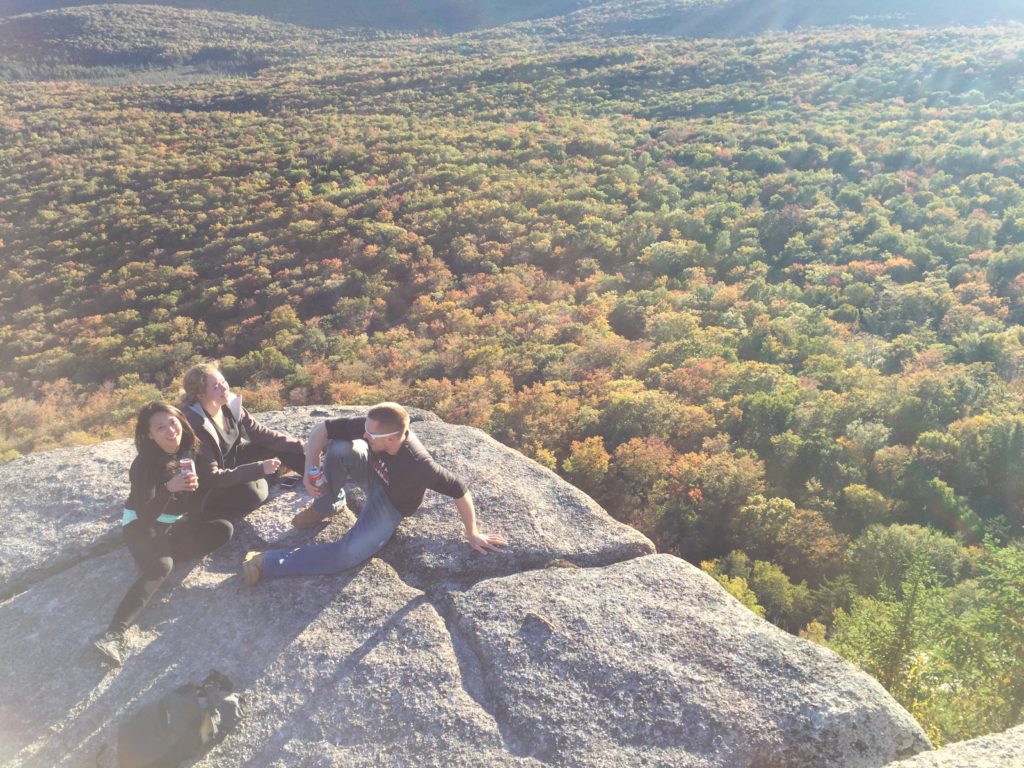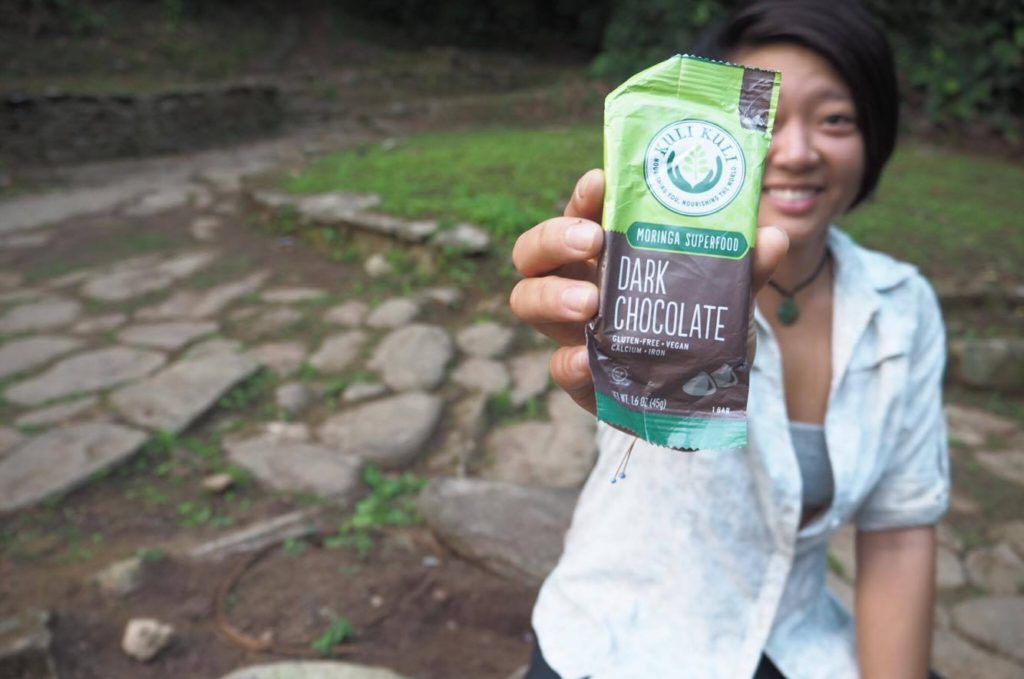
There are countless reasons why you should get outdoors over the weekend: Take a road trip into the mountains, hit the trail for some exercise, unplug from your devices, or simply rejuvenate in the fresh air.
Research has shown that being in nature is linked to decreases in stress, confusion, anger and depression. A long weekend combined with the spring weather should be just enough reason to go outside and get your feet wet — figuratively and literally (ever heard of a river crossing?).
Whether you are blundering into the mountains without a plan — like Cheryl in Wild — or veering off into unknown terrain with limited experience, it’s better to be prepared.
Here are general tips for getting outside and how to avoid the common mistakes hikers commonly make.
Not bringing enough water
On average, mountaineers will recommend 2 liters of water per hour. If you are someone who drinks a lot of water or sweats a lot, it’s important to take a lot of water and be sure to drink it! Think about investing in a hydration backpack with a drinking tube that makes it simple and easy to take sips of water as you go so that you don’t limit your hydration only to the start of your hike or when you get to the top.
Going too tough
Novice hikers sometimes wind up on trails without the proper footwear, gear, or expectation of the trail’s terrain or distance. Before attempting strenuous or difficult terrain, go for a day hike, preferably on a well-marked trail for 1 or 2 miles to test out your physical ability. Those new hiking shoes from last Christmas could be put to good use.
Once you feel up to it, take on more challenging hikes that are lengthier or have more elevation gain. Do remember to attempt trails that are within your limits — and always have a backup plan.
 Not wearing the right gear
Not wearing the right gear
Yes, you could hit the dirt in your street shoes, but your feet will thank you when you wear a proper shoe with thicker soles, good traction and, preferably, ankle support. This is especially important when you start doing longer walks or multi-day hikes. Look for a reasonably priced shoe that will fulfill all of your outdoor needs. While the technical specifications of hiking shoes can seem intimidating, going to a good outdoor store with knowledgeable employees will certainly help.
Additionally, you don’t want to make it to the top of the mountain and have to leave the most gorgeous vista you just worked so hard to see all because you didn’t have something to keep you warm. Likewise, it’s no fun to be overheating all the way up the mountain because you decided to wear a long-sleeve shirt. Use layers (think – sports bra, tank top, lightweight jacket, windbreaker) to avoid both of these issues.
Not knowing your path
Unless you’re a born mountaineer or a walking compass, chances are you will get lost at some point when out hiking. It is important to check your route before you go and check your map as you progress through your hike. Look for landmarks along the way so that in case you get lost, you’ll know how to find your way back. This is a mistake hikers easily make because of their enthusiasm.
Cairns, or piles of stones, may be seen along trails marking paths that are confusing or not well maintained. Although the tradition of adding a stone to a cairn is seen as a community builder, some parks discourage the building of cairns as it takes away from the natural landscape. Respecting the rules of the land (some parks ask hikers not to build their own cairns as you could lead someone else astray) you are in and leaving the land as you found it is important, but if you want to create an easy and low-impact trail marker so you can make your own way back, cairns are a great solution.
Going solo
Getting started with hiking can be intimidating! Finding a club or a friend who has some trail experience is a great way to get started with hiking. It’s also great for keeping motivated, carpooling to the trail so you reduce your carbon footprint, having help in case something goes wrong, and getting the perfect shot of you out in the wild. Also, let’s face facts, spending time getting exercise out in nature with a partner is just more fun.
If heading out solo, remember to leave your plans with someone so they’ll know if something goes wrong to alert the right people. This could be as simple as shooting a text to your roommates or posting on Facebook when you head out and return!
Trekking without nourishment
You never know when you’ll get hungry (or lost!) and having snacks to boost your energy can make or break how enjoyable your hike is. For short trips, pick something small and healthy, like a Kuli Kuli Crunchy Almond Bar. For longer day trips, consider packing lunch (peanut butter and jelly sandwiches are a great easy snack but vegetarian sushi can also pack really well) and other high-energy snacks like these Moringa-inspired power bites, nuts mixes, fresh fruit, or jerky.
It can also be a source of motivation for getting to the top of a particularly difficult climb! For example, if I reach this 800-meter peak, I get to have my favorite Coconut Lime Kuli Kuli Energy Shots!
—
Bear in mind this is not an exhaustive list and that going hiking in different areas of the world will have different challenges. For example, in places with a high altitude like Peru or Bolivia, hikers should be prepared to face the possibility of altitude sickness and give themselves a couple days to adjust upon arrival before setting out. In the desert like the Southwestern United States, be sure to check forecasts for flash floods and take more than enough water. Places in North America, especially in the northernmost parts, like Canada, hikers are recommended to carry bear spray.
Wherever your feet take you, remember to be prepared and to listen to your instincts. Adventure and awe-inspiring vistas awaits!
Barbara Lee is a blogger and avid lover of traveling, eating local, and the environment. With a BS in Psychology and previous work experiences ranging from non-profit legal work to managing a restaurant in San Francisco, Barbara enjoys pursuing new experiences and living life while using the most natural and organic means possible. Some of her most memorable life moments include watching little blue penguins return to their nests in Melbourne and snorkeling a rift of melted glacier water between tectonic plates in Iceland. For more posts by Barbara, click here.
















Great article Barbara!
Thank you for your kind words and for taking the time to read this article!